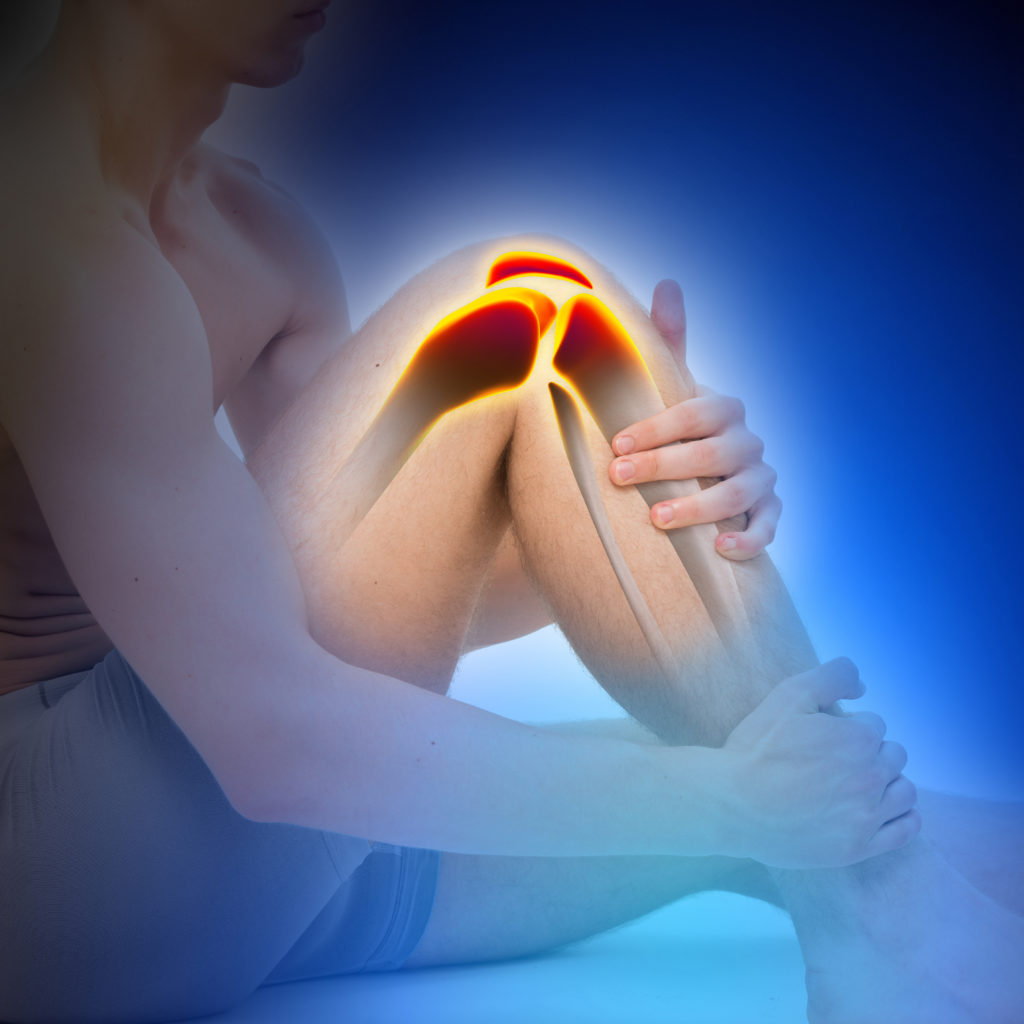
Knee Injury
The meniscus injury is one of the most common knees. The meniscus is a C-shaped pad that cushions the knee.
Each knee has two menisci exterior one on the edge of the knee and one on the inside edge. Both maintain the high knee meniscus, balancing our weight around the knee, a damaged meniscus can prevent proper operation of the knee and cause pain.
A meniscal tear can be caused by rapid rotation, often with the foot planted while the knee bends, also these meniscal tears can occur while loading a heavy weight or perform any sporting activity and as we age the meniscus He wears making them easier to break.
There are 3 types of meniscus tears:
a) Minor Breaking : can generate a slight deformation and pain, this condition usually disappears in 2 or 3 weeks.
b) Moderate Breaking : this can cause pain in a Lada or the center of the knee, deformation begins to get worse over 2 or 3 days. This can cause the knee feel stiff and limited to flex, but walking is still possible. You may feel a sharp pain when twisting the knee or squatting position is adopted. These symptoms may disappear in one or two weeks, but may return to flexing or straining knee. The pain can go and come back for years if the condition is not treated.
c) SevereBreaking : severe meniscal tears in these you can be moved to the joint space. This can cause the knee capsule is trapped, it locks or boat, hindering its expansion. Also you can deform and put stiff after injury or after 2 or 3 days.
If the patient is elderly and meniscus for wear, it may be that the patient does not know what caused the break, only perceiving pain episodes.
These degrees of impairment may eventually require surgery for placement of a prosthesis, fortunately thanks to advances in cell regeneration is possible to avoid an intervention.
For more information visit: www.mexstemcells.com or call us at +1-(832)-384-4278
